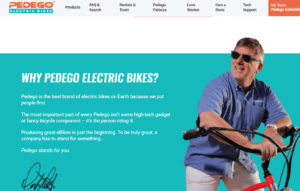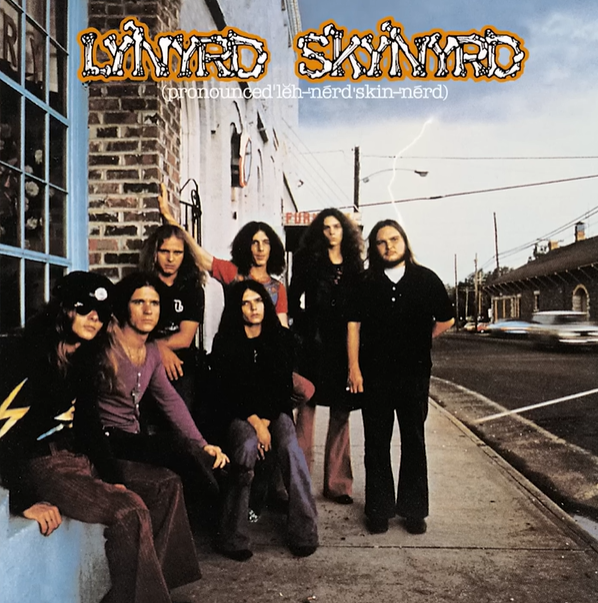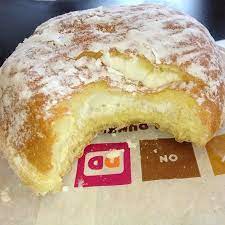Made for People Strategy.
 I came across a website yesterday for an electronic bicycle business opening a retail store in Asheville, NC. I’m sure the products are great but I didn’t that from the website write-up. Here’s an open letter form the CEO:
I came across a website yesterday for an electronic bicycle business opening a retail store in Asheville, NC. I’m sure the products are great but I didn’t that from the website write-up. Here’s an open letter form the CEO:
Pedego is the best brand of electric bikes on Earth because we put people first.
The most important part of every Pedego isn’t some high-tech gadget or fancy bicycle component – it’s the person riding it.
Producing great eBikes is just the beginning. To be truly great, a company has to stand for something…
Pedego stands for you.
Don DiCostanzo
This claim is the most-used brand position in the history of commerce. And to be honest, there’s nothing wrong with putting the customer first; I’ve written a number of strategies around ergonomics, for instance. But if I’ve said it once I’ve said it a thousand times, don’t make a claim and let it sit there. Prove it. Provide evidence. Be the claim. Live the claim.
When Nfinity sneakers says their cheer shoes are made for women, they show an engineering drawing of the unique weight distribution radiating down the leg from womens’ hip structures. And then there show the different shoe configuration and weight bearing areas. This is claim and proof.
Mr. DiConstanza, may make bikes that put people first (hate those dog bikes…hee hee), but he needs to build a support case. And he needs to pound it home.
Words matter. Especially in selling. Be what you say you are and share it.
Peace.








